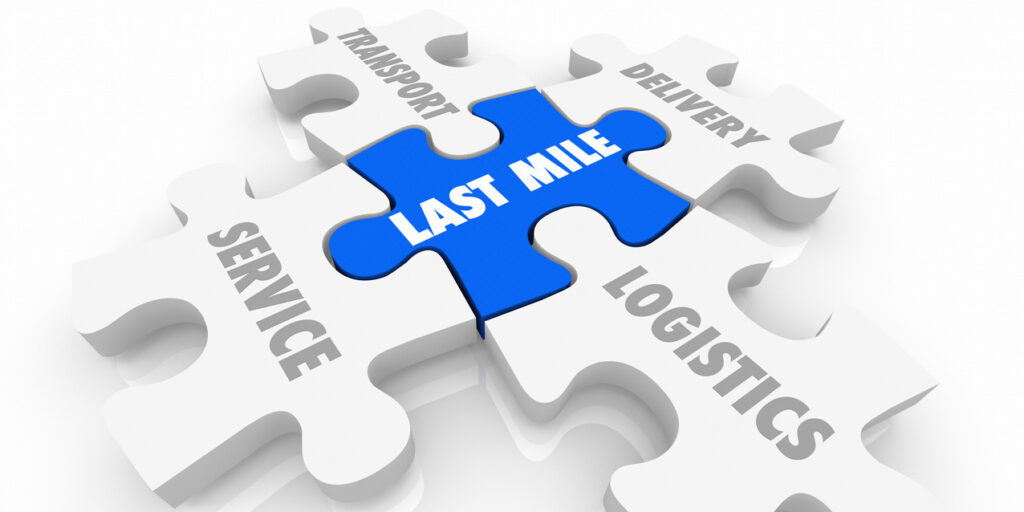From the moment the first online consumer put an item in a shopping cart and clicked “buy now,” supply chain management has been scrambling to adapt its distribution strategies to fit the new reality. Anytime, anywhere demand fulfillment has created a need for innovative transportation solutions, particularly for same-day delivery services.
That’s where crowdsourced logistics comes in. Harnessing the flexibility and mobility of ridesharing services such as Uber and Lyft has opened a new path for large companies to provide delivery on demand in ever-narrowing time windows. Although several areas of supply chain research touch crowdsourced logistics indirectly (for example, vehicle routing, the effect of returns management on performance, cost effects of owning vs. outsourcing, etc.), existing studies haven’t quantified whether crowdsourced fleets actually outperform traditional dedicated courier fleets in dynamic conditions.
Crowdsourcing’s benefits are clear: it’s quick, it’s flexible and it reduces the need for maintaining a fleet of vehicles. The risks include uncertainty in using independent contractors (the “crowd”), who choose the assignments they will take, instead of private or dedicated fleets with known capacities and availabilities. For delivery fleets offering same-day service, crowdsourced delivery includes two highly unpredictable elements: time windows required for deliveries and fluctuations in demand.
A research team including professors from the University of Tennessee, Knoxville’s Haslam College of Business has simulated crowdsourced delivery in order to study its potential performance under changing conditions. The team tested whether tight time windows reduced a crowdsourced fleet’s logistics effectiveness – more so than for a traditional fleet – and whether the same is true for high-demand variability.
The Simulation
The team collected data for a discrete event simulation through discussions with logistics practitioners in several major American cities. They also examined previous literature and publicly available secondary sources. They then randomly selected 1,000 addresses from a government database in New York City, mapped them and calculated distances for each from a central distribution facility.
It turned out that tight time windows did mean fewer on-time deliveries for the crowdsourced fleet than for the traditional fleet, but total delivery rates were not significantly lower. For demand variability, both average levels of demand and extreme surges (especially in the morning) significantly affected the relative timeliness of crowdsourced deliveries, but low demand levels and uniform demand scenarios did not. The crowdsourced fleet actually performed better than the traditional fleet on total deliveries during extreme morning demand surges, but not during other demand scenarios.
Takeaways for Managers
Understanding the situations under which crowdsourced logistics performs better can help determine whether it’s right for you.
Broadly, the simulation found that traditional dedicated fleets are better than crowdsourced fleets at making last-mile deliveries on time across a wide variety of scenarios. If time sensitivity is your primary concern, a dedicated fleet is likely to meet your needs better.
However, in terms of total deliveries, crowdsourced logistics can actually perform better in some situations such as returns where delivery timing isn’t crucial. It also can be a smart choice during times when you need extra capacity, offering a buffer for unexpected surges in demand.
It’s important to note that the effectiveness of crowdsourced logistics depends heavily on whether drivers make themselves available for more than one delivery; this is known as the follow-up delivery acceptance rate. As the rate drops below 75 percent, on-time deliveries suffer significantly. Offering surge pricing or other incentives in times of peak demand is one way to mitigate this effect, and this should be a component of any supply management strategy that includes crowdsourced logistics.
Opportunities for More Research
“These findings call for more research into how a hybrid traditional/crowdsourced fleet might perform under different scenarios and into how surge pricing and other processes could improve the system,” Vincent Castillo (HCB, ’18), one of the researchers and a professor at The Ohio State University, says. ”Also, while our simulation tested last-mile scenarios in a consumer environment, there’s also a clear need for testing B2B strategies, as more firms are adapting crowdsourced logistics to fit specific needs.”
Additionally, Castillo said this research shows that a significant human element is ripe for exploration in crowdsourced logistics: What are the implications of using a stranger as a frontline employee, for example? Why and how often do individual drivers choose to offer rideshares, and how can that information be used to create a driver typology that can inform a nuanced management strategy? What issues commonly arise when you’re overseeing a loosely organized team of crowdsourced drivers?
Discovering the answers to these questions should be a priority for supply chain management research. Such information will pave the way for a sophisticated, high-level systems view of crowdsourced logistics and its effects on organizational performance.
Castillo, John Bell and Alexandre Rodrigues (professor and lecturer, respectively, in Haslam’s Department of Supply Chain Management) and William Rose (HCB,’15, professor at Iowa State University) performed this simulation. This article is based on research the team published in the Journal of Business Logistics, Vol. 39, No. 1, March, 2018.
CONTACT:
Scott McNutt, business writer/publicist (rmcnutt4@utk.edu)
